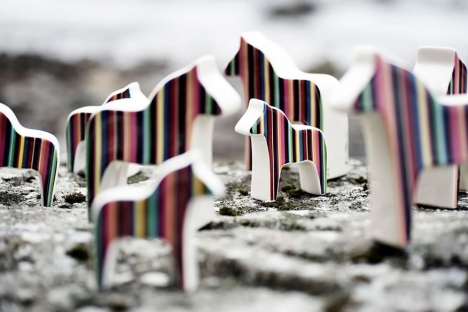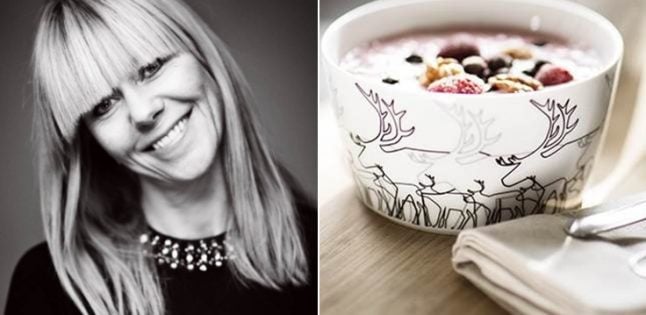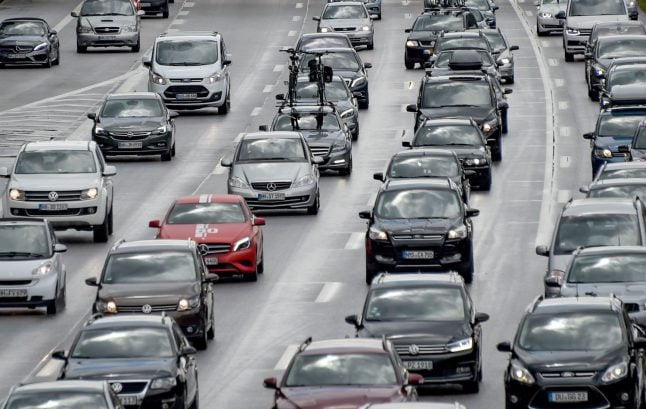Reindeer and elk play beloved roles Swedish culture and heritage. And while taking them into your home may sound a bit extreme, Viktoria Månström, the designer behind Swedish home décor brand Anna Viktoria, has made it possible.
”Everything I design has a Scandinavian touch and a modern design built upon Swedish tradition,” Månström says. “I take the past and traditions of Sweden and bring them into the present.”
In other words, Månström designs coffee cups, kitchen trays, bowls, bottle openers, kitchen towels, key rings, and everything else you could possibly want to help bring a bit of Sweden into your home.
And they’re covered in modern Swedish art, of course.
“I actually started with the Dala horse. I come from Dalarna so it felt like the right place to begin.”
While the Dala horse is a classic Swedish symbol, Månström’s version is a perfect example of contemporary Scandinavian design – clean, simple, modern and unique, mixing colours and patterns in an innovative way without looking too “busy”.

You can buy Anna Viktoria's striped Dala horse here at The Local Brands
Månström’s knack for design was hardly unexpected.
“It’s been inside me for a very long time,” Månström tells The Local. “My grandmother made tapestries and my grandfather was a carpenter, so the tradition of craftwork was always there. They gave me a passion for colour and design. It came naturally.”
The company Anna Viktoria was born after Månström did a few designs for a friend. She then started participating in fairs and visiting tourist agencies, where she discovered the seed of a market for exactly what she was making: tradition meets modern design.
“It was tough at first,” Månström recalls. “I was a little ahead of my time, I think. But once things got going, they really got going.”

Click here to shop for items from Anna Viktoria
Now living in Jämtland in western Sweden, Månström has become a favourite of home decorators across the country, featuring in various home magazines and publications. She sells her products under the name “A Touch of Scandinavia” – and everything is both practical and chic.
”My products are truly Scandinavian; products that convey Sweden. And they also last. They’re items you can really use in everyday life.”





 Please whitelist us to continue reading.
Please whitelist us to continue reading.